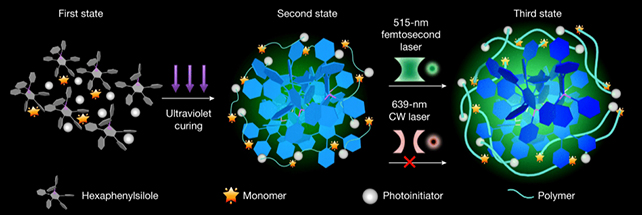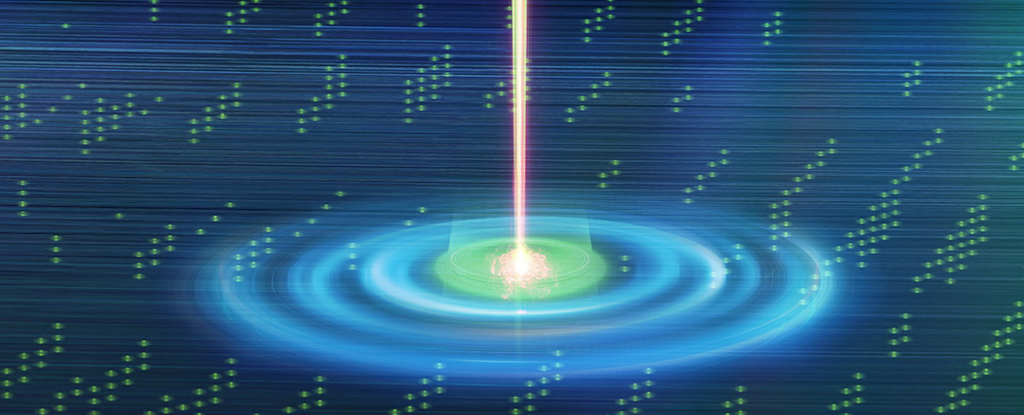Products You May Like
Our rapidly increasing need for data storage capacity isn’t going to change anytime soon (thanks, AI!).
Thankfully new research is exploring an innovative method for packing a lot more bytes into the same physical space on an optical disc.
The approach is based on the same light-based optical data storage (ODS) approach used to write DVDs, but the twist is that it works in three dimensions. That means hundreds of layers instead of one, resulting in a massive jump in capacity.
According to the research team, we’re talking petabits on a single disc: that’s a thousand trillion bits, the equivalent of fitting around a million standard definition movies on something the size of a DVD. Stack them together, and we’re getting into the realm of exabits (a million trillion or a quintillion bits).
“This technology makes it possible to achieve exabit-level storage by stacking nanoscale disks into arrays, which is essential in big data centers with limited space,” write the researchers in their published paper.

The new approach comes with a new storage medium, called AIE-DDPR – or aggregation-induced emission dye-doped photoresist, to give it its full name. It’s a thin film that enables data to be written at ultra-high resolutions.
This breakthrough is achieved in part through the patterns of light applied to the surface, in part through the dye in the film, and in part through the combination of molecules in the film that capture and react to the light.
The hope is that the new technology can help overcome some of the limitations associated with the way we store large amounts of digital information at the moment. Our thirst for data certainly isn’t helping in our efforts to take better care of the planet we live on.
“Data centers based on major storage technologies such as semiconductor flash devices and hard disk drives have high energy burdens, high operation costs and short lifespans,” write the researchers.
It’s important to note that there are still some significant challenges to work through. The technology needs to get faster and more energy efficient before it can be used practically, though the researchers already have some ideas about how to make this happen.
If the novel approach to data storage can be successfully developed, then the potential benefits are clear: data centers that take up significantly less room, are cheaper to maintain, and use up less energy while operational.
“The current ODS capacity needs to be increased to fully meet data-center demands, yet increasing the areal density of optical media remains a challenge,” write the researchers.
The research has been published in Nature.
